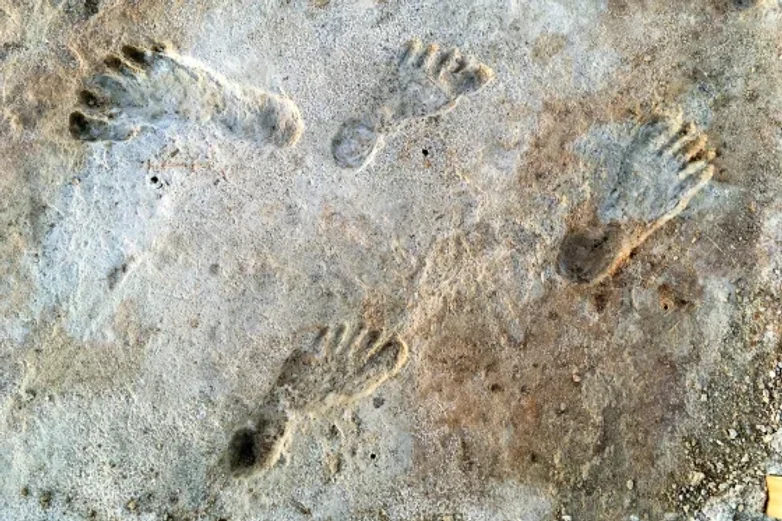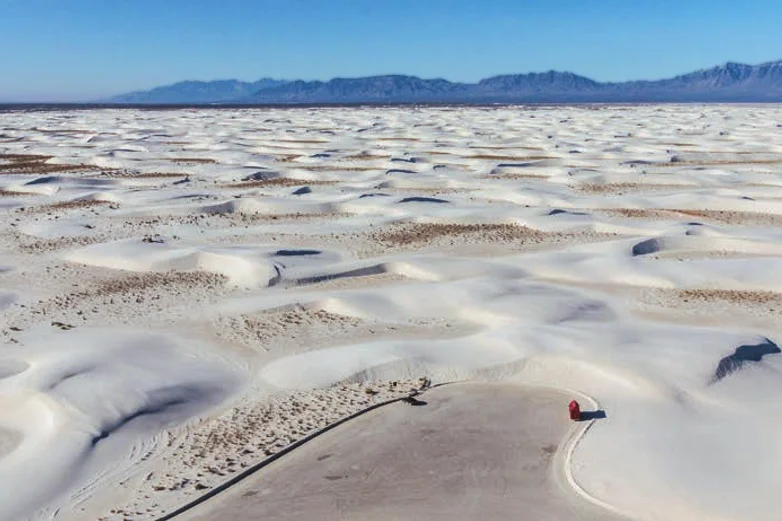Archaeologists have uncovered a groundbreaking discovery that reshapes American history, thanks to ancient footprints.
These human tracks, found in White Sands National Park, New Mexico, are the oldest ever recorded on the continent. Previously believed to be between 11,500 and 13,000 years old, new analysis reveals they date back 23,000 years. This discovery indicates that humans inhabited North America at least 10,000 years earlier than previously thought, possibly even earlier, around the end of the last ice age over 32,000 years ago.
“This site in New Mexico has rewritten the history books,” said Sally Reynolds, a principal academic in paleoecology at Bournemouth University. “These footprints offer a valuable window into the lives of our ancestors, showing how much they were like us.” She highlighted the fascinating insights into human activity and interaction with the landscape and animal life.
The footprints not only hold historical significance due to their age but also provide an unprecedented snapshot of life during that era. From children playing in puddles to hunters pursuing a giant sloth, these 23,000-year-old tracks reveal rich details of our Pleistocene past. They were made by people walking on wet ground at the edge of a now-dry lake. While some tracks are visible today, others are detectable only with ground-penetrating radar.
Matthew Bennett, a Bournemouth University researcher and lead author of two scientific papers on these footprints, told Smithsonian Magazine that although older human tracks exist in Africa and other parts of the world, none tell as vivid and relatable a story. His first paper, published in Science in 2021, described a perilous journey by what appears to be a young woman or adolescent girl carrying a child on her hip across a muddy lakeshore, with predators like dire wolves and saber-toothed cats nearby.
The prints were found at White Sands National Park in New Mexico, which was once home to a large lake(NPS)
Bennett explained how they could see where she slipped in the mud and set the child down, indicating the child was likely under three years old. The child did not accompany the woman on her return journey, raising questions about their fate.
“The footprints left at White Sands reveal teenagers interacting with younger children and adults,” Bennett said in a separate statement. “They show not just functional activities like hunting and surviving but also play and social interaction. This offers a true insight into these early people.”
While the footprints provide exciting glimpses into life 23,000 years ago, Bennett and his team are now focused on understanding how humans arrived in North America. “We need many more sites to understand their origins and migration routes,” Bennett told the Smithsonian. “The lasting legacy of White Sands is to point the way to a new archive of evidence.”








